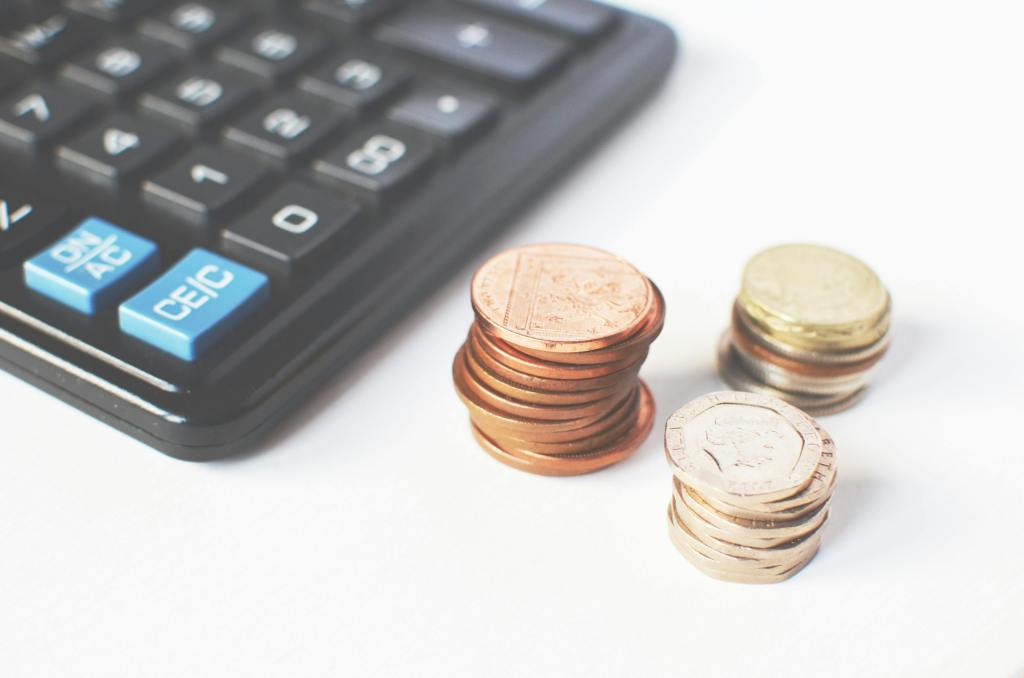Kara told me a story recently where she was discussing our investment property in Canton, OH, on which we’ve recently closed. We’re expecting that investment to cashflow about $200 to $300 per month. While telling the story, one interesting response she got was, “That’s it…? That’s not that much money.” While that is a perfectly valid reaction, I think it is a bit short sighted. There are multiple pillars to building wealth in real estate. While I want to touch on cashflow in this post, the focus is really on appreciation (specifically when using leverage).
What is appreciation you ask? In the context of real estate investing, it is how much that asset increases in value over the years. So, if you bought a property for $100k in cash, and in one year it is worth $103k, then that asset has appreciated by $3k which is an appreciation rate of 3%.
And what about leverage? Well, in the above example where we bought a $100k house, let’s say we did not pay with cash. Let’s say we put 25% down and got a loan from the bank for the remainder. The house is now worth $103k and we now have $28k. We get to keep all of the appreciation using leverage (aka the loan from the bank).
We’re going to have to pay off that mortgage, but this is an investment property, so we’re going to get a tenant in there to pay that off for us. Now, this is particularly important when we tie this back into cashflow because, at the end of the day, money is going to be going into your pocket every month or leaving it.
One key way that folks build wealth in buy-and-hold real estate is appreciation of the investment. What I really want to focus on here is your return on investment (i.e. your ROI) from the standpoint of appreciation. Now, we’ve been talking a lot about a hypothetical property that is $100k because it’s an easy number to work with. But get this: your ROI from appreciation, when using leverage, is going to be a function of two things, and the actual cost is not one of them!
You might be thinking that doesn’t make sense, so hear me out. When I say the cost of the property you’re buying doesn’t factor into the ROI, what I really mean here is that the actual total cost cancels out in the math. Oh no! I said “math.” Don’t worry, we’re talking about napkin math here. Not amortization, not compound interest, just the good ol’ fashioned add, subtract, multiply, and divide stuff. But make no mistake, there will be math, so buckle up buckaroo! Here we go…
First, let’s do the math on appreciation for the hypothetical $100k property where we actually work with the purchase price (i.e. $100k). Let’s pretend that in one year’s time that property is now worth $103k. So, that’s a delta of $103k minus $100k which is $3,000. That’s a nice number, but I’m not going to hang up my hat and retire just yet. But wait, we’re using leverage. That means we made $3k from appreciation and we only paid $25k down (remember we took out that loan in this example). That means we made $3k from a $25k investment. Our ROI is then represented by the ratio 3 ÷ 25 which is 0.12 (or 12%).
But wait a minute, Ken just told me that the purchase price doesn’t matter. That’s right, I did… Let’s look at this same deal from the standpoint of ratios and percentages only. Here comes the fun part. Pretend you bought in a market that appreciates 3% a year. You’re going to use leverage, put down 25%, and have your tenant pay off the mortgage month over month.
Quiz time: What do you have to multiply 25% to get to 100%. Four you say? Why, that’s correct you savvy real estate investor. That x4 is our ROI “appreciation multiplier”. You multiply it by the rate of appreciation (in our case 3%) of the market you’re picking. So, our x4 multiplier times the 3% appreciation gives us 12%. Voila! That’s the same 12% ROI we got before and we didn’t even have to touch the purchase price.
So, in order to really appreciate the appreciation, you need to look at those two things we discussed: the appreciation rate of the market in which you are going to invest and the percentage you are going to put down. Our example used a modest market where value goes up 3% per year. A 25% down payment in that market earned us a 12% ROI from the standpoint of appreciation alone. But what if we only put 20% down (and were still able to stay in the black with our cashflow)? Well our “appreciation multiplier” becomes 5 instead of 4 because 5 times 20 makes 100. So, your appreciation multiplier is x5. That means your ROI becomes 5 times 3% which is 15%. Those are compelling numbers! And we’re not even talking about other sources of ROI from real estate investing here.
But wait! What if we looked at “growth” markets that are showing upwards of 10% in appreciation year over year? Well, then you’re looking in the right places! Let’s look at a few appreciation multipliers in growth markets and evaluate the ROI. Maybe we put down a whopping 33% because that’s what we (arbitrarily) decided we needed to stay in the black, or make a few extra bucks, from the standpoint of cashflow. Well, that’s still an x3 appreciation multiplier. So, your ROI is 3 times 10% which is 30%. Holy smokes! You just destroyed the stocks. Also, you may be cracking the code at this point: there are discrete values for percentages that you put down that offer integer appreciation multipliers. Down payments of 50%, 33%, 25%, 20%, and 10% offer 2x, 3x, 4x, 5x, and 10x appreciation multipliers respectively. The name of the game here is to put less down to get a bigger multiplier while staying cashflow positive.
This is why using leverage is powerful. It enables you, the real estate investor, to realize the gains of multipliers on your appreciation. I hope that I have convinced you at this point that ROI from appreciation (when using leverage) is a function of the percent you put down, and the rate of appreciation of the market you choose. The rest shakes out in the napkin math. Maybe you are putting a perfectly reasonable 20% down in a market that appreciates 10% every year. That is a 5x multiplier that you get to apply and realize a 50% ROI from appreciation alone! Perhaps you found creative financing and got it for only 10% down in a market that offered a (still modest) 5% rate of appreciation. That is a 10x multiplier which also earns you a 50% ROI.
The takeaway here is to not be ashamed of your cashflow numbers. So long as you are staying in the black, that’s still money every month that enters your pocket instead of leaving it month after month. And that allows you to stay in the game and not run out of money in your checking account. Now, if you are targeting big returns, it may be worth considering appreciating markets where you can use leverage to minimize the amount you put down while still staying in the black month over month. Using an appreciation multiplier is also an effective way to not have your returns diminished by inflation (a factor we did not go into here, but are cognizant of).
Sure, $300 a month isn’t going to fast-track me to a cushy retirement, but it’s still true passive income. And that’s nothing to scoff at. I mean, that’s basically a car payment every month that’s taken care of. But more importantly, that’s not the only (or even the main) way we’re building wealth here. We are also passively building wealth in the equity that’s built out of market appreciation. And we are earning a multiplier return on that investment by using leverage. How many other investments allow one to realize full integer multipliers on their returns through careful planning? Now, that is something to appreciate about real estate investing.


Leave a comment